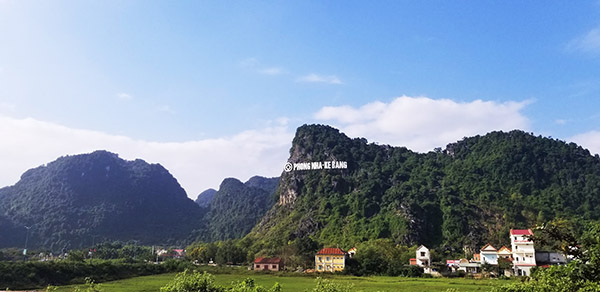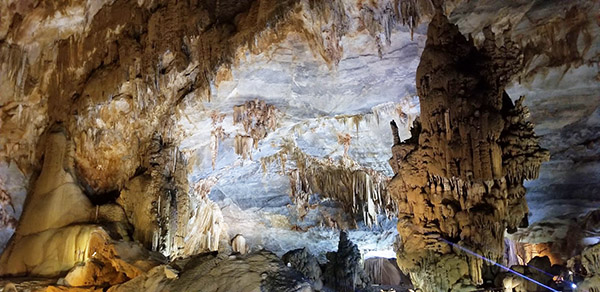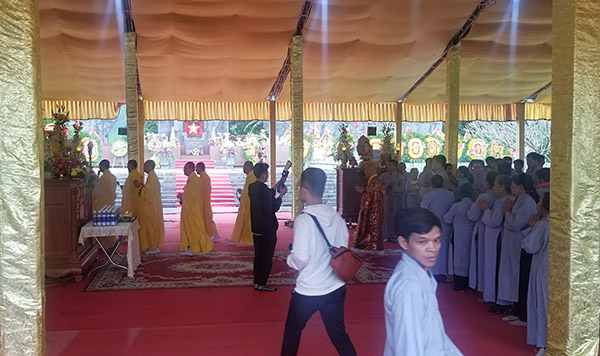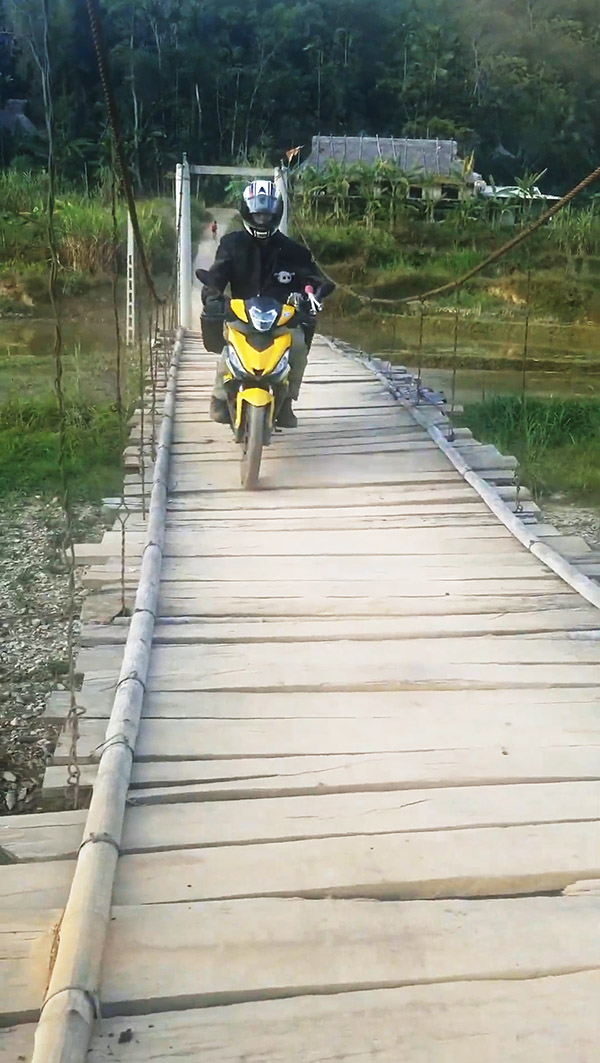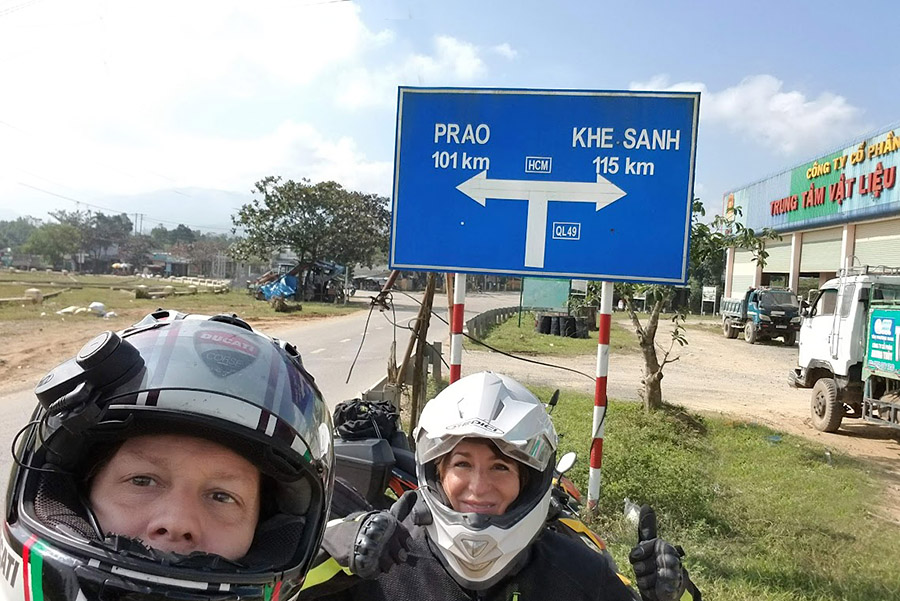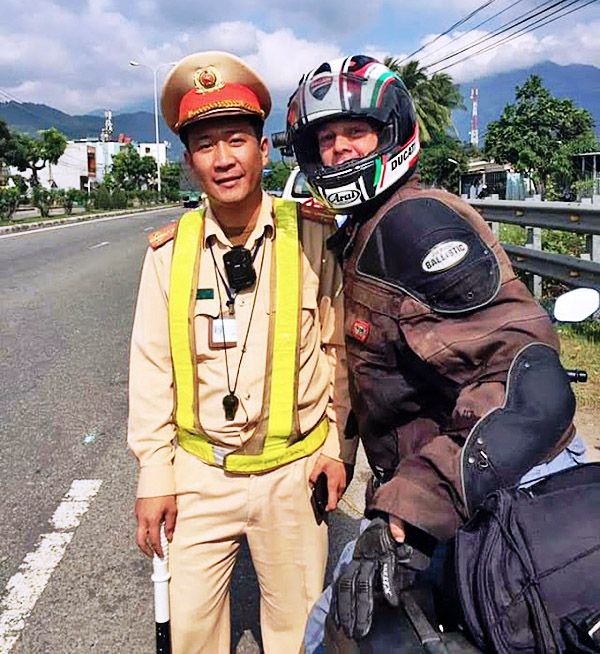By Mike Huber
Since my last story was on paddleboarding I thought sticking with the topic would be a great opportunity to share a unique and exciting experience. Camping off a paddleboard at the base of Horseshoe Bend in Page, Arizona. This was to be a 2-day, 15-mile trip down the Colorado River from Glenn Canyon Dam to Lee’s Ferry and would include one night of camping off our paddleboards. As an avid motorcycle camper, I thought camping off a paddleboard would be right up my alley as the amount of gear from a moto to a paddleboard was relatively the same. This adventure would bring us to one of the most hostile environments in the United States, all while living it from a new perspective, being on top of the frigid waters of the Colorado River.
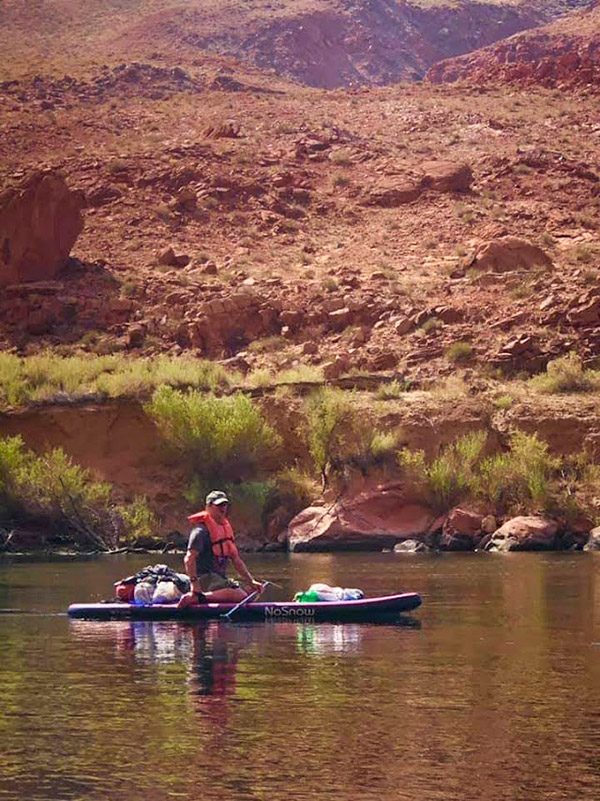 The adventure began with camping near Page, Arizona, and a day of light paddleboarding on Lake Powell to gain more familiarity and confidence on the board. This was more for myself, as the two friends I was traveling with were both very experienced paddlers. My paddling to this date was limited to a couple of 8-mile runs on the Salt River near Phoenix and a horrible windy day off the Colorado River where we launched from Hoover Dam. The Salt River had portions of minor rapids, but the environment was much tamer than we would experience along the Colorado River.
The adventure began with camping near Page, Arizona, and a day of light paddleboarding on Lake Powell to gain more familiarity and confidence on the board. This was more for myself, as the two friends I was traveling with were both very experienced paddlers. My paddling to this date was limited to a couple of 8-mile runs on the Salt River near Phoenix and a horrible windy day off the Colorado River where we launched from Hoover Dam. The Salt River had portions of minor rapids, but the environment was much tamer than we would experience along the Colorado River.
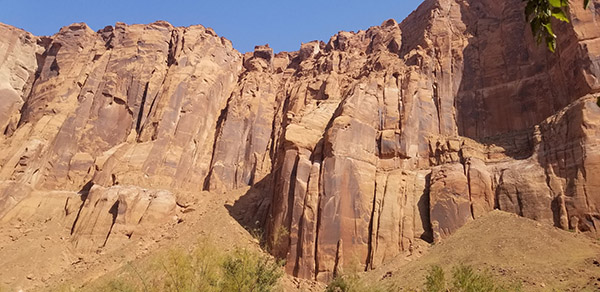
The Colorado River water is extremely cold even during the spring. Contrasting the freezing water was the ambient air temperatures, which reached the high 90s (with no place to find shade or relief from the sun above the golden canyon walls that surrounded us). Adding to the natural environmental threats there can be winds that blow up the river so strongly that you cannot paddle against them, even when going down river. A year prior we were supposed to do a camping trip and ended up having to do an 18-mile paddle in heavy winds; on that trip, we were not able to camp as the winds were forecast to be worse the next day. I didn’t want to put myself through that again. That night we made our way to Horseshoe Bend in our car to watch the sunset and look down over the edge to see where we would camp the next evening.
Please click on the popups…it’s how we keep the lights on!
The day we were set to launch the winds were calm. At 8:00 a.m. we loaded our watercraft onto a powerboat at Lee’s Ferry that would deliver us to the base of Glen Dam. It was a cold ride in the boat to our drop off location as the sun was still hidden behind the massive walls that went straight up nearly a thousand feet. Every bend we went around I was in constant awe. It was as if every element that you can face in nature was in full view for us to admire, respect, and fear. Once dropped off we unloaded the paddleboards, our gear, and took a few minutes to gain our composure before starting our 15-mile journey down river.
Pushing our boards off the shoreline, it was still cold and between the 40-degree water and 50-degree air none of us wanted to stand up on the boards. Making a small error that could cause us to capsize during this delicate time would result in hypothermia with little hope of warming up until the sun crested above the canyon walls more than two hours later. The winds were absent and with an occasional dam release we just coasted down the river effortlessly. Having no headwinds was so much more pleasant than our previous time on this fully exposed river when we spent the day battling a constant headwind.
When the sun finally glimpsed above the canyon walls they instantly lit up. Just a beautiful golden prison we were trapped in with neon aqua waters so clear you can see fish swimming 20 feet below your board. We had dispersed the weight of our gear between the three boards and then balanced them out as best we could. We even had a bundle of firewood secured with Rok Straps for what we hoped would be a magical night under the stars. Along the way we stopped occasionally for a snack, a beer, or a short hike. There are some hidden petroglyphs along the river where you can disembark from your board and hike in to view them. This made for a perfect slow-paced and enjoyable day that we all fully embraced.
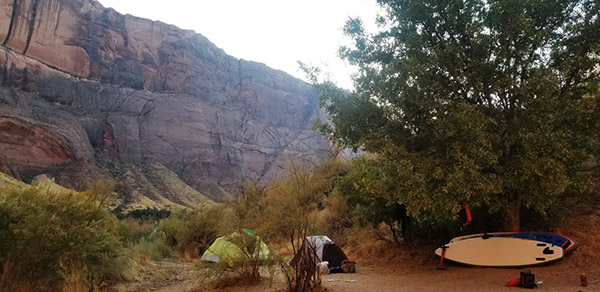
It was still early, yet due to the lack of headwinds and numerous dam releases we were already arriving at our camp at Mile 9. Mile 9 camp is at the turn of Horseshoe Bend. What made this really cool wasn’t the view (it all looked really the same with giant canyon walls on both sides of you). What made this special was that when you looked up the thousand-foot walls you could see hundreds of tourists looking down at you and waving. I felt like we were in a zoo exhibit. We set up camp and spent a relaxing afternoon swimming, chatting with other boaters (mostly kayakers and fellow paddlers), and just enjoying the fact we weren’t battling winds. This was quite a rewarding day.
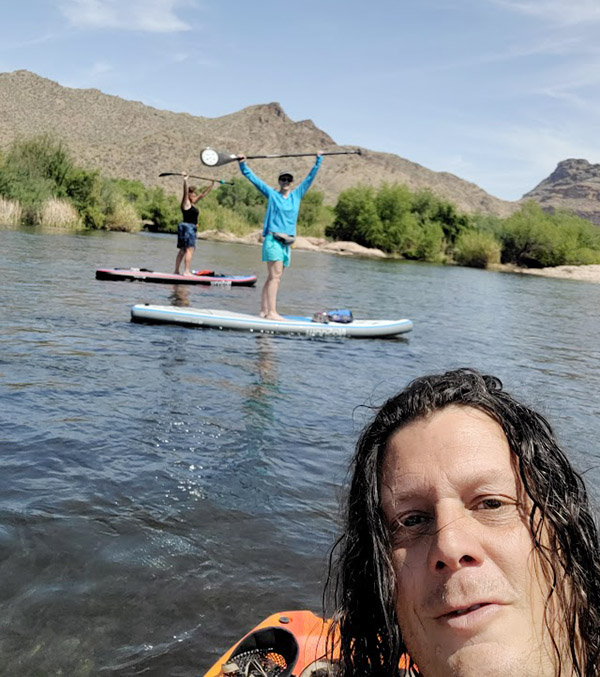
After a perfect day of mild paddling, relaxing and gazing off into this beautiful yet intimidating environment, the day slowly turned into evening. It wasn’t long before we started a campfire. Sitting around a campfire with new friends, cold beers from our Ice Mule Cooler, and exchanging stories is always the high point in my day. I wandered off to use the bathroom when I noticed flashing from above. At first, I thought it was the stars beginning to peer from above the cliffs, but it wasn’t. The flashes I saw were the tourists above using their phones and flashlights to signal “hello” down to us. As I zipped my pants up, I already had the “It was the cold water that caused shrinkage” or the “You’re 1,000 feet away…of course it looks smaller” thoughts. For some reason my new friends around the campfire didn’t understand my humor and the stories continued until the flashes from the tourists above faded about the same time we did.
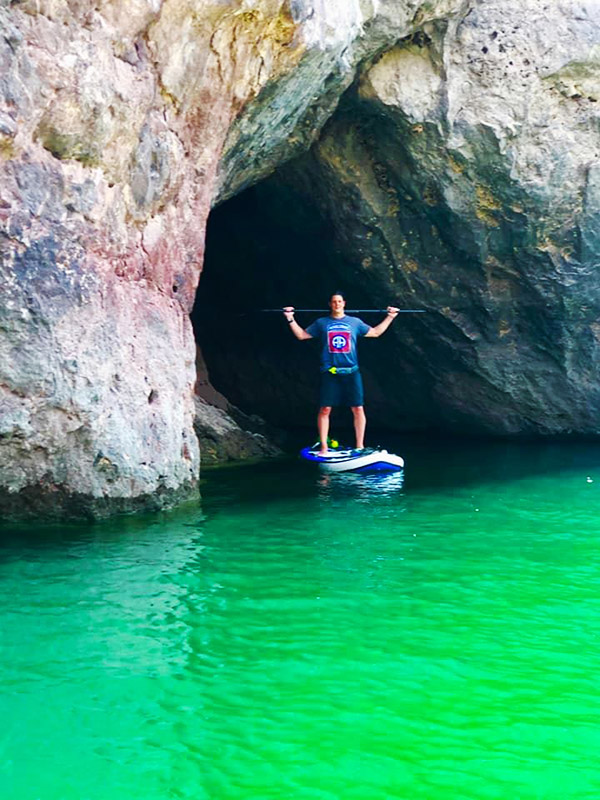
Having slept great that night at the base of one of the most iconic photo spots in the United States it was now time to pack up. Winds always seemed to gain intensity as the day wears on, so we wanted an early start to avoid this threat, but there were no winds on this day, either. It was almost as if the river was rewarding us for having passed its initiation from that previous windy trip that didn’t allow camping. The river was so calm we were able to even lay down on our paddleboards and allow the current and dam releases to carry us the remaining 6 miles downriver without any effort. This is how paddleboarding should be, but I knew this was an anomaly on the Colorado River. In my experience tailwinds are like unicorns. They really don’t exist, yet somehow this trip we were surrounded by a herd of unicorns.
It wasn’t long before we could see Lee’s Ferry ahead of us on the right. We made it to shore and began the process of packing our gear up to return to Lake Powell for one more night of camping before returning to southern Arizona. Since paddleboarding Horseshoe Bend, anytime I see pictures of this location I zoom in and can often see paddleboards, kayaks, and tents at the beach when everyone else just is looking at the full view of the photo. I absolutely prefer my new perspective of this part of Glenn Canyon National Recreation Area, that being through the eyes of a paddleboarder.
Never miss an ExNotes blog:
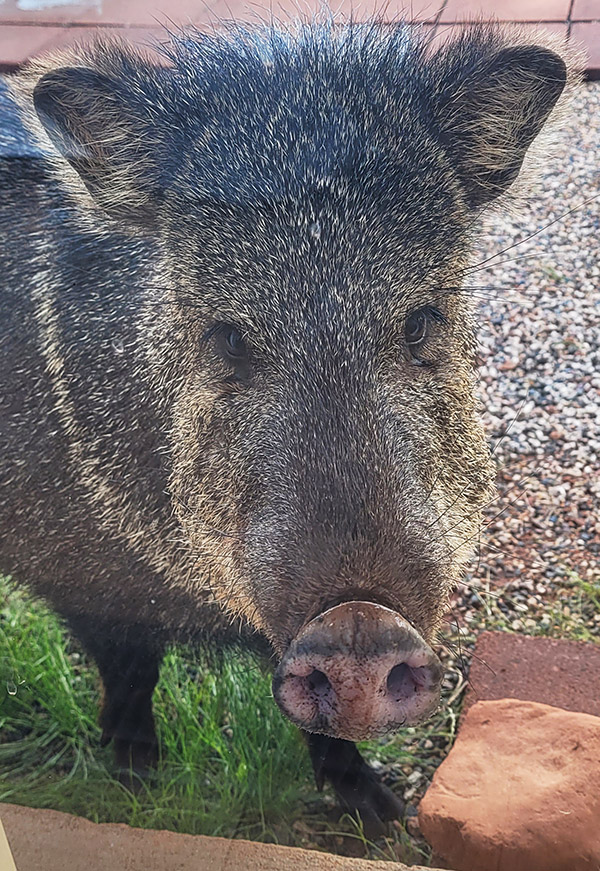
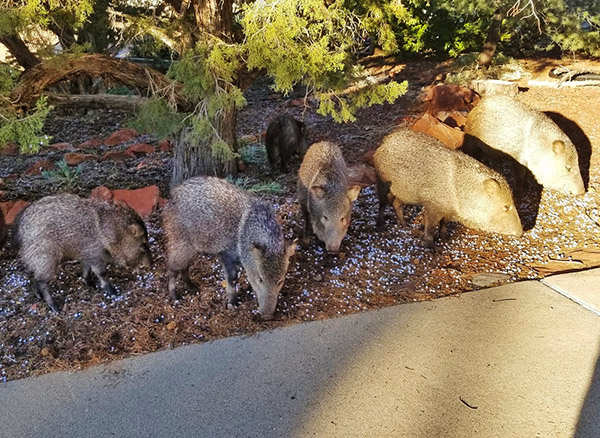
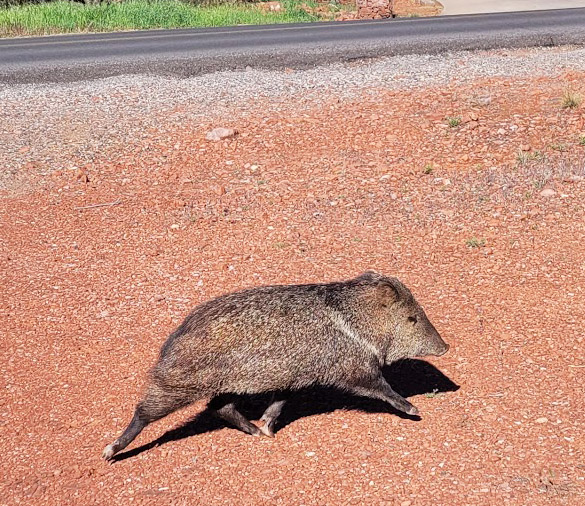

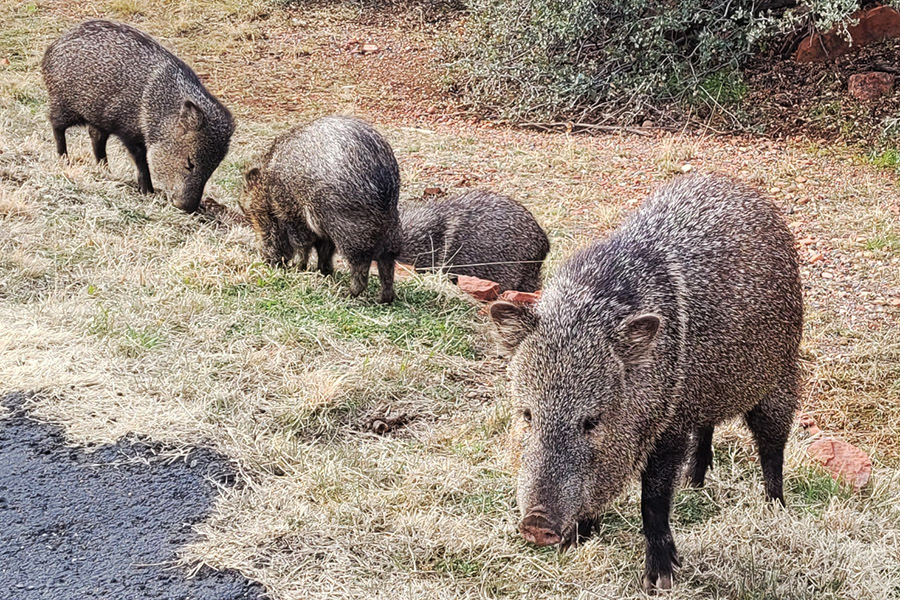
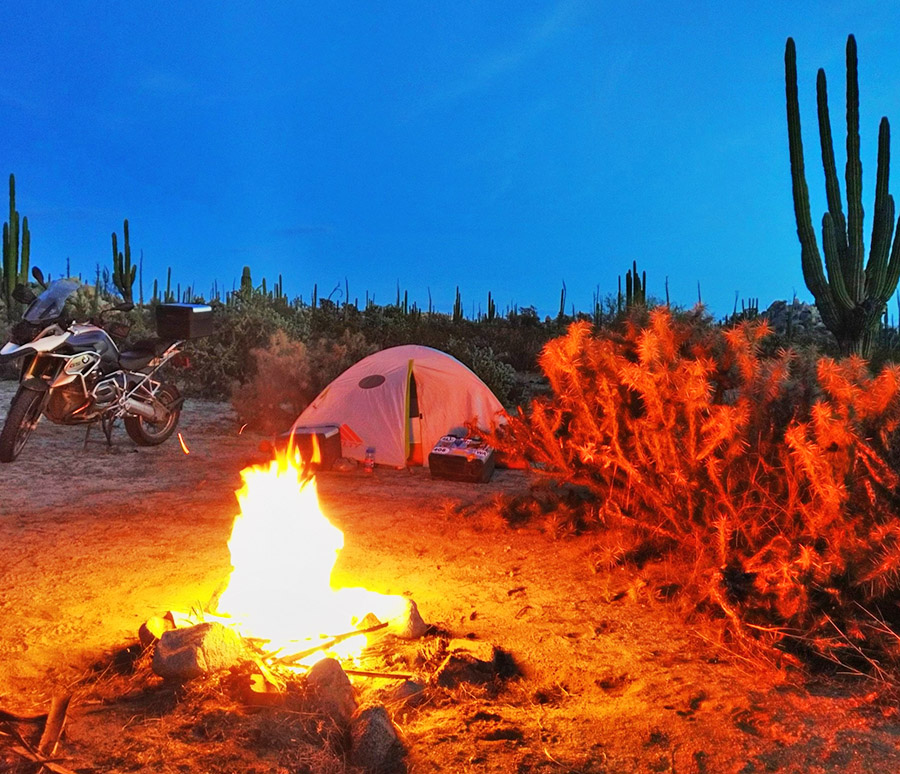
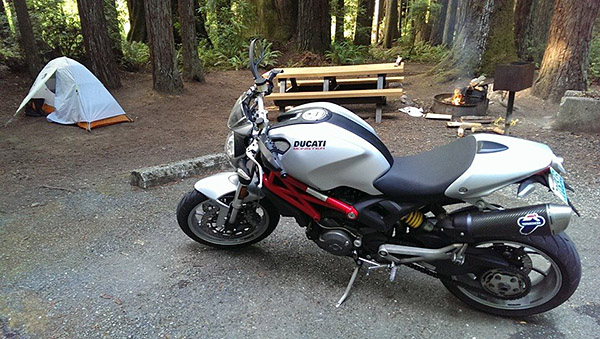
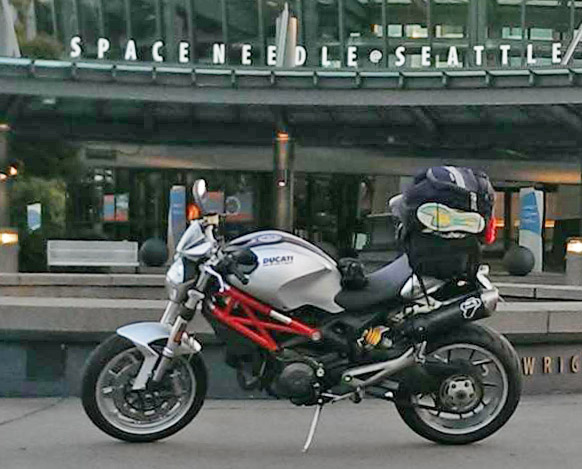
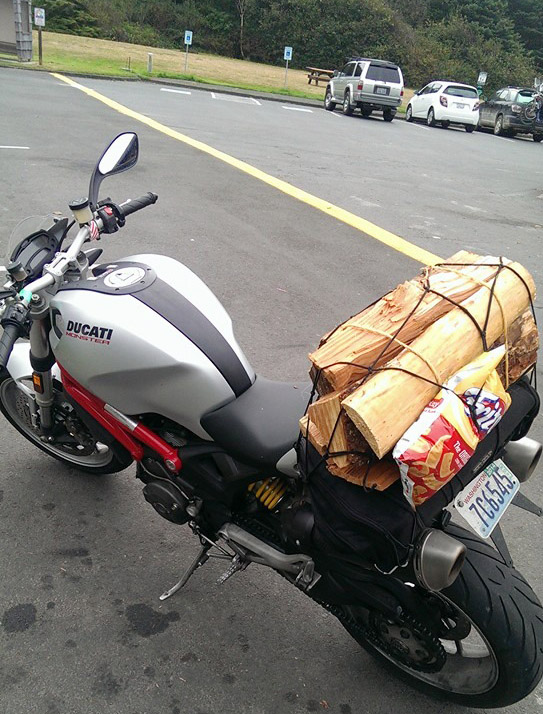
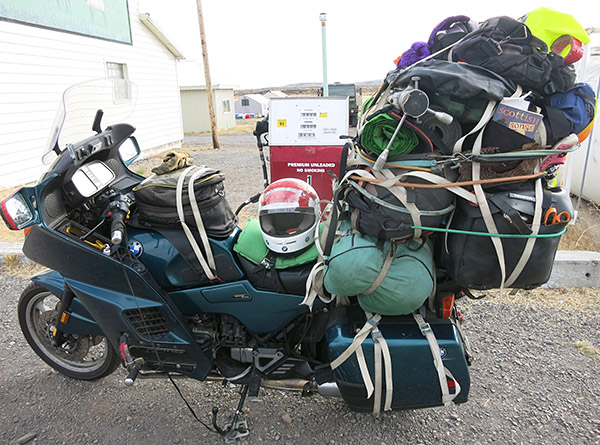
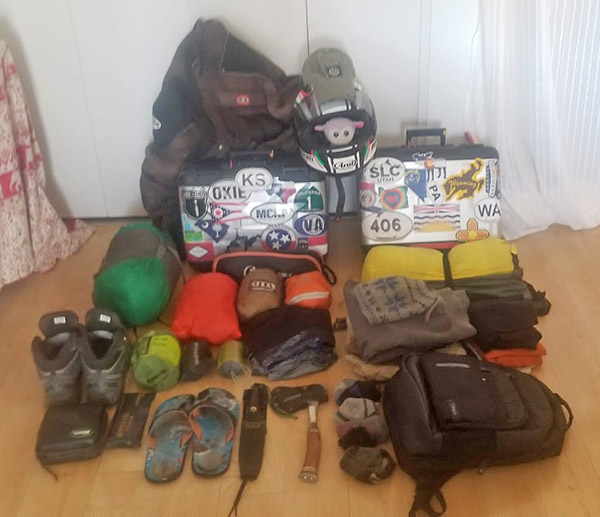

 The adventure began with camping near Page, Arizona, and a day of light paddleboarding on Lake Powell to gain more familiarity and confidence on the board. This was more for myself, as the two friends I was traveling with were both very experienced paddlers. My paddling to this date was limited to a couple of 8-mile runs on the Salt River near Phoenix and a horrible windy day off the Colorado River where we launched from Hoover Dam. The Salt River had portions of minor rapids, but the environment was much tamer than we would experience along the Colorado River.
The adventure began with camping near Page, Arizona, and a day of light paddleboarding on Lake Powell to gain more familiarity and confidence on the board. This was more for myself, as the two friends I was traveling with were both very experienced paddlers. My paddling to this date was limited to a couple of 8-mile runs on the Salt River near Phoenix and a horrible windy day off the Colorado River where we launched from Hoover Dam. The Salt River had portions of minor rapids, but the environment was much tamer than we would experience along the Colorado River.



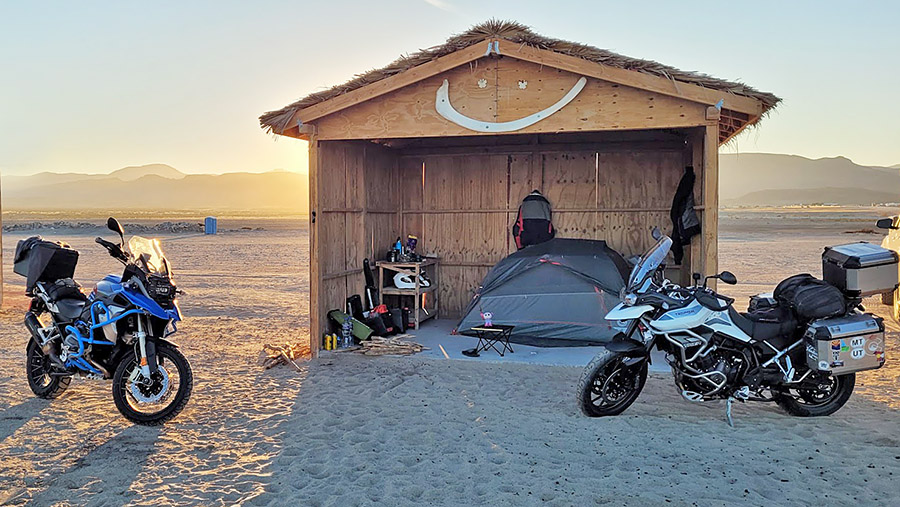
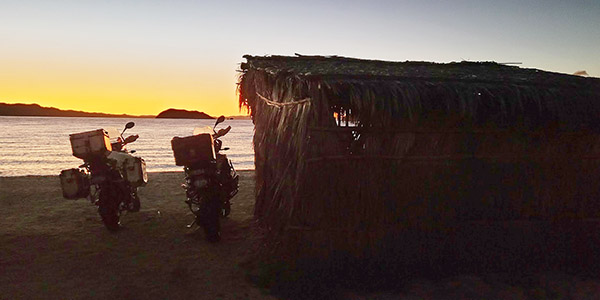 Groggily awaking the next morning to the sunrise peering over the mountains across the bay was a serene way to start the new year. Once we had a coffee (or three) in us we decided to pack up and make our way back north. The plan was originally to hotel in Guerrero Negro for the night, but we had made such incredible time riding that we arrived in town by 11:30, and it seemed too early to stop for the day. The biggest problem with this is once you leave Guerrero Negro there isn’t much (really anything) until you arrive in Gonzaga Bay, which is another 4+ hours of riding and the possibility of bad winds. We rolled the dice and decided to attempt the ride to Gonzaga confident we would arrive just before sunset, which I had confirmed was at 16:49 PST.
Groggily awaking the next morning to the sunrise peering over the mountains across the bay was a serene way to start the new year. Once we had a coffee (or three) in us we decided to pack up and make our way back north. The plan was originally to hotel in Guerrero Negro for the night, but we had made such incredible time riding that we arrived in town by 11:30, and it seemed too early to stop for the day. The biggest problem with this is once you leave Guerrero Negro there isn’t much (really anything) until you arrive in Gonzaga Bay, which is another 4+ hours of riding and the possibility of bad winds. We rolled the dice and decided to attempt the ride to Gonzaga confident we would arrive just before sunset, which I had confirmed was at 16:49 PST.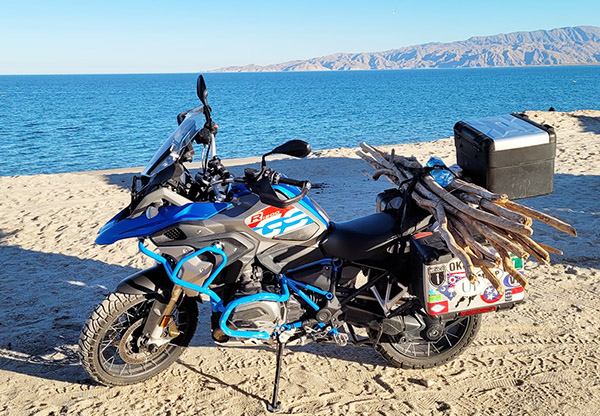
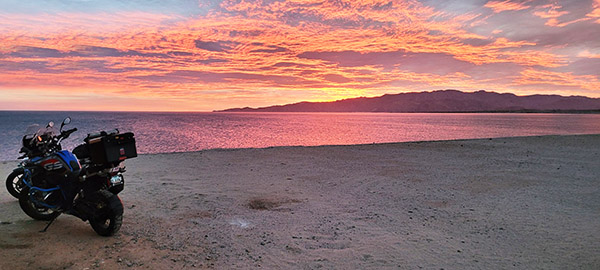
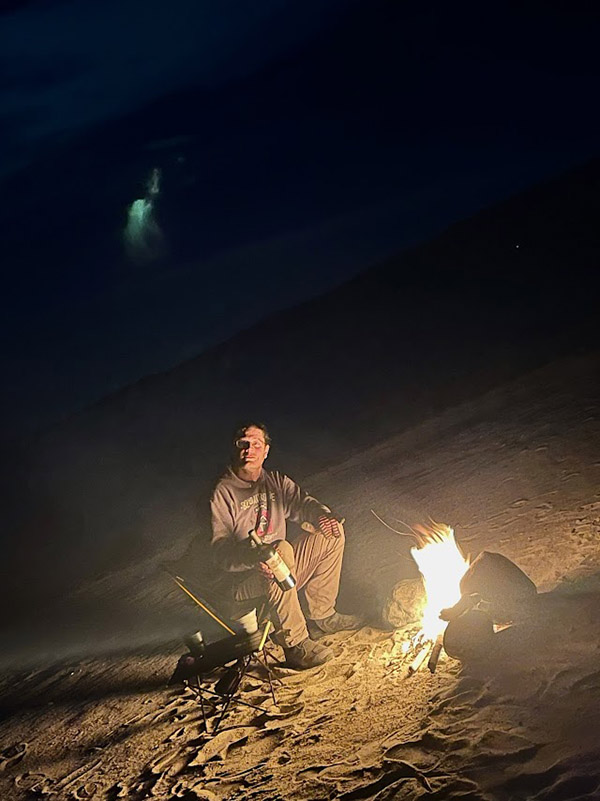
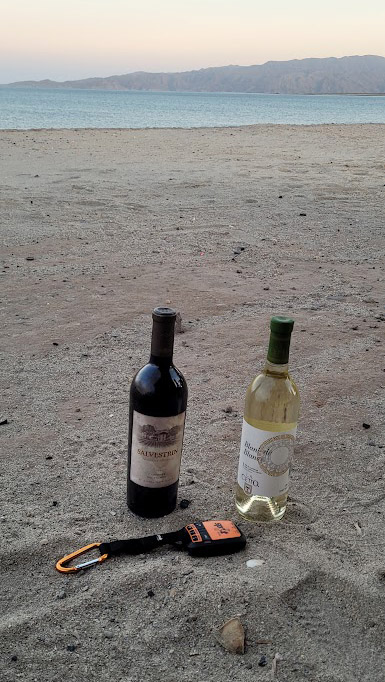
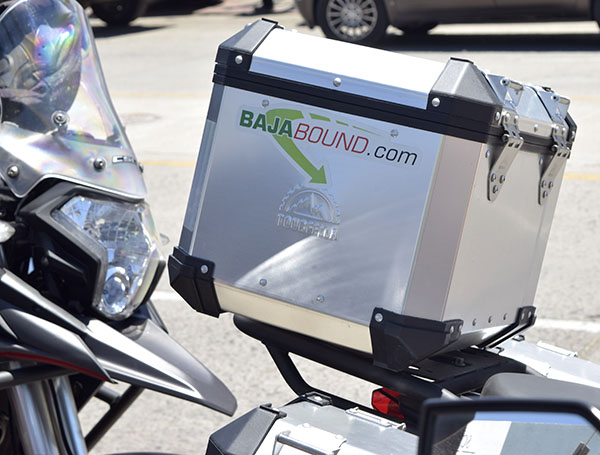
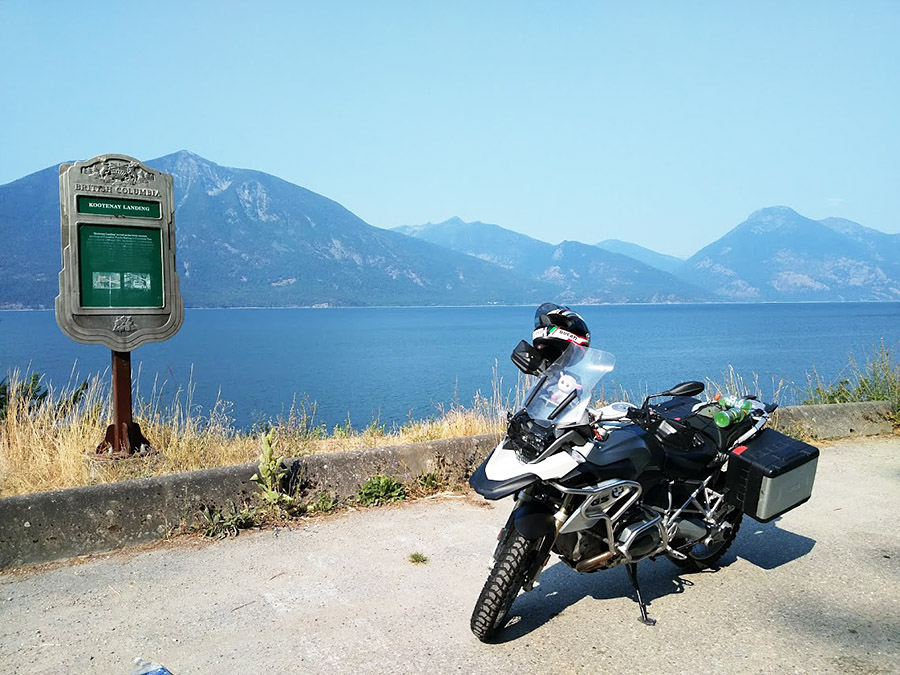
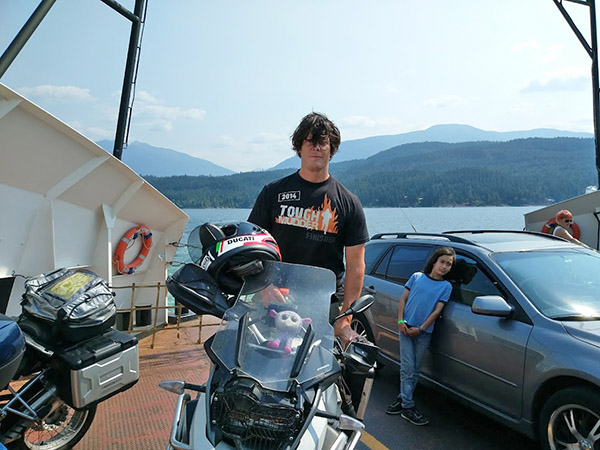
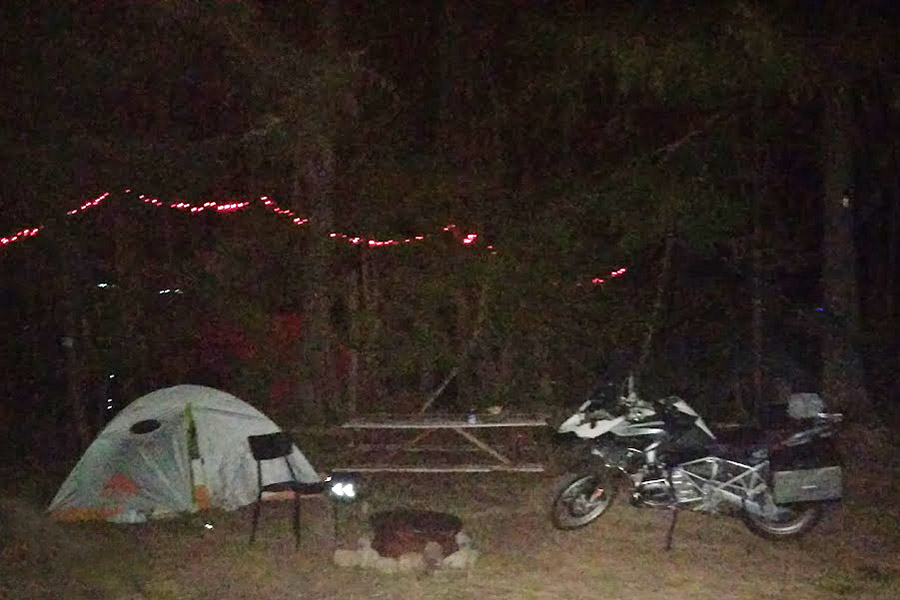
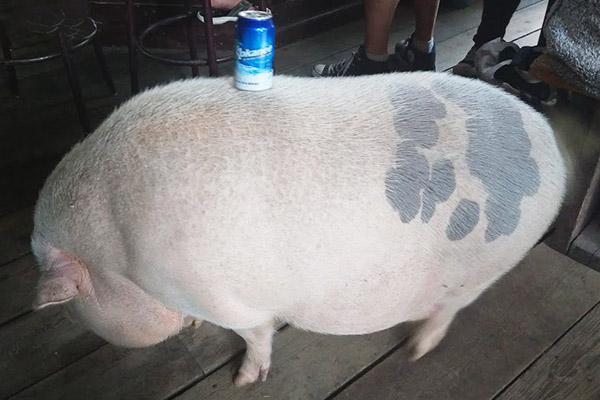
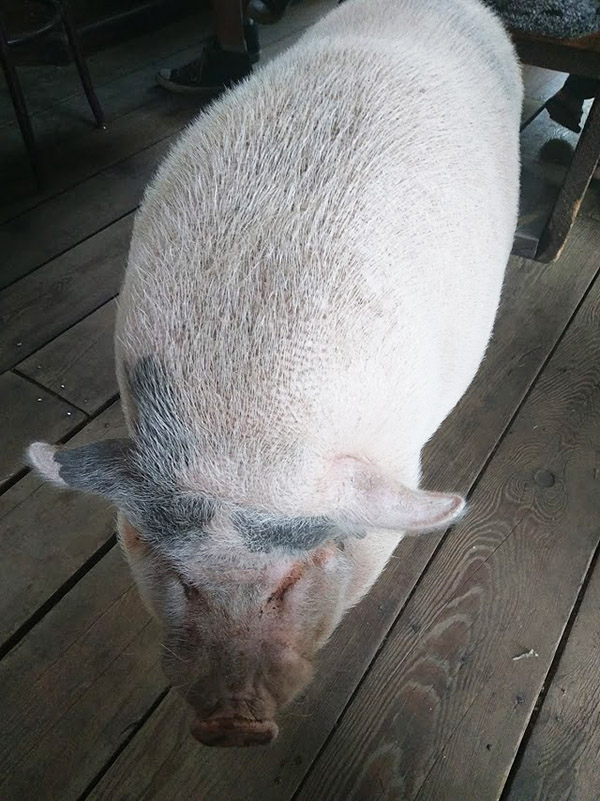
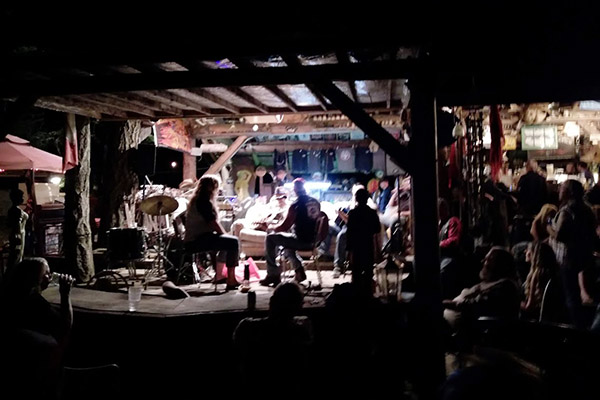
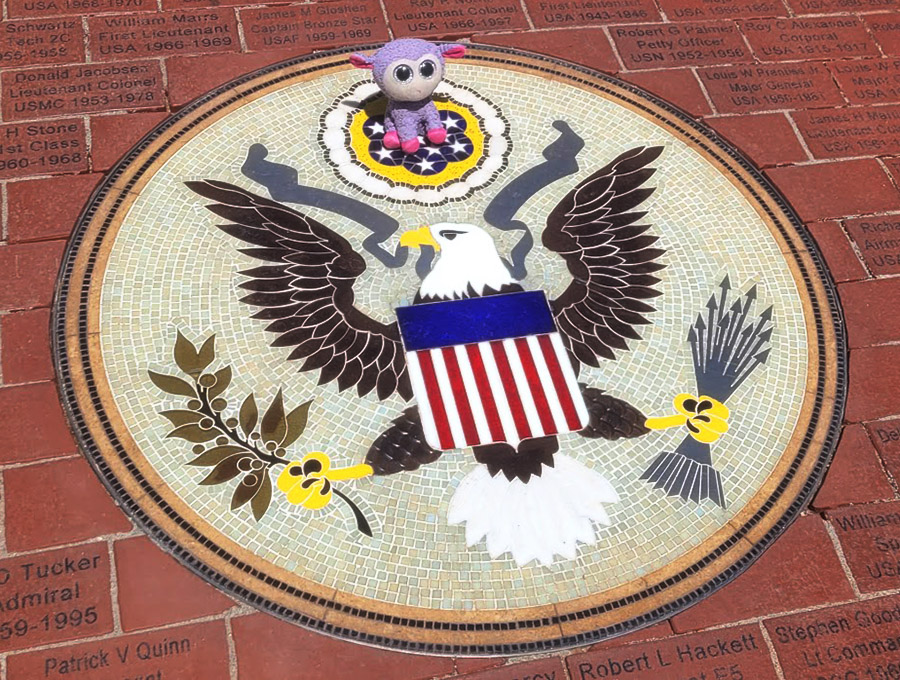
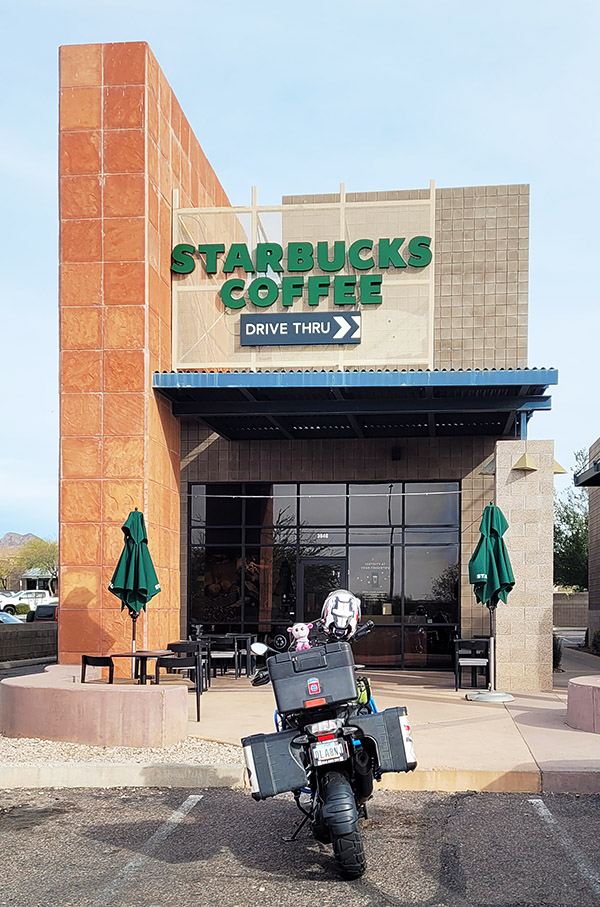
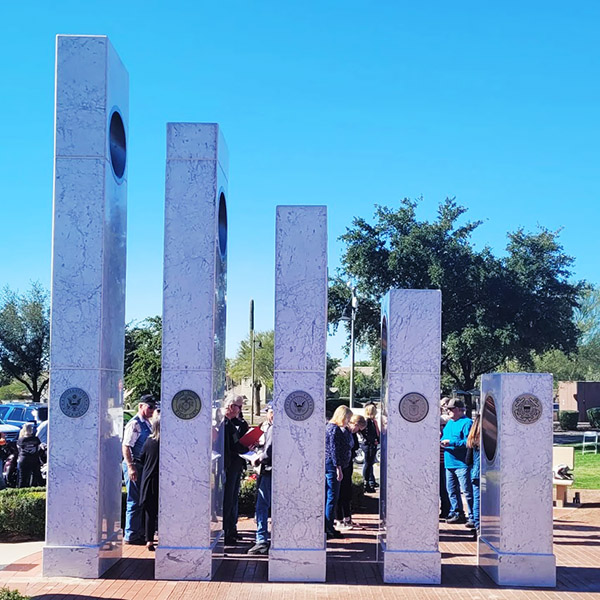
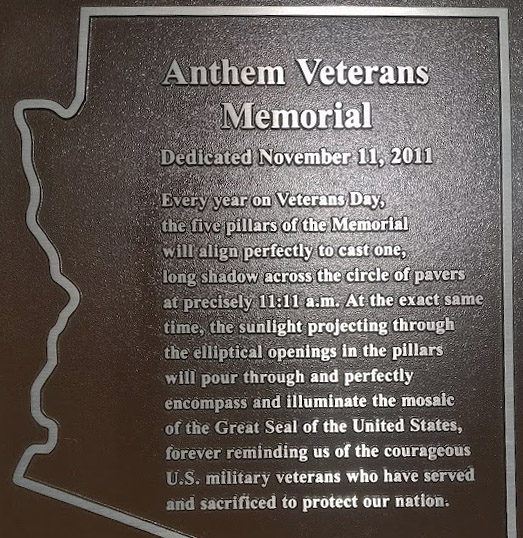
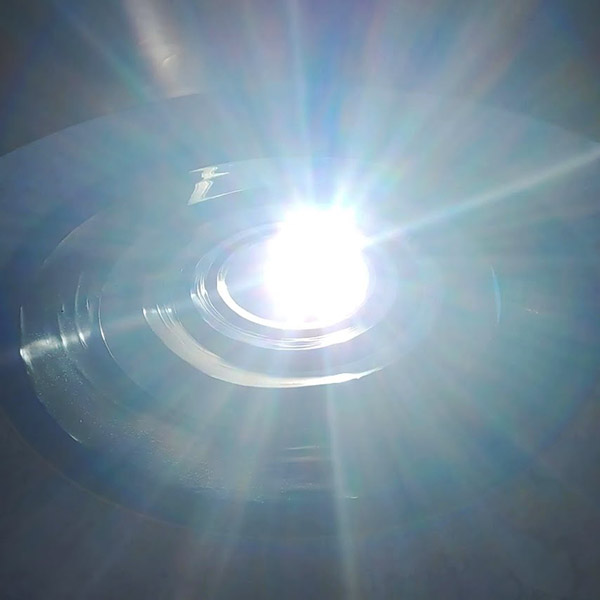
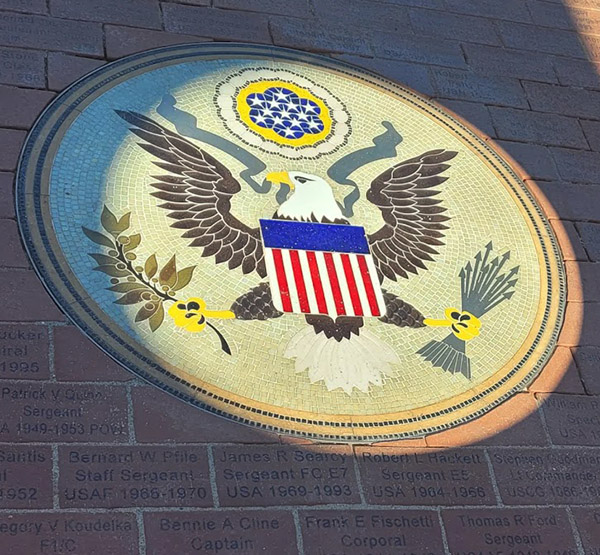
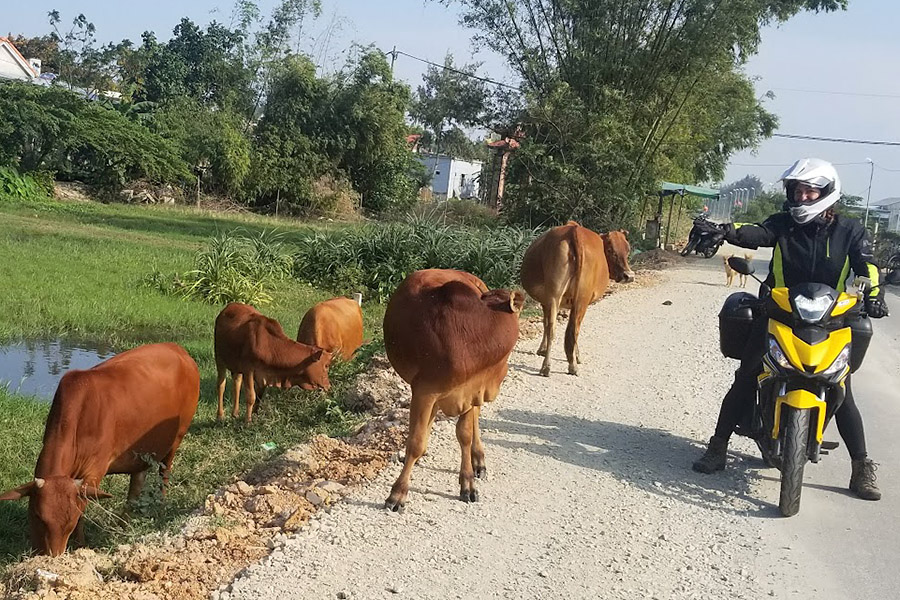
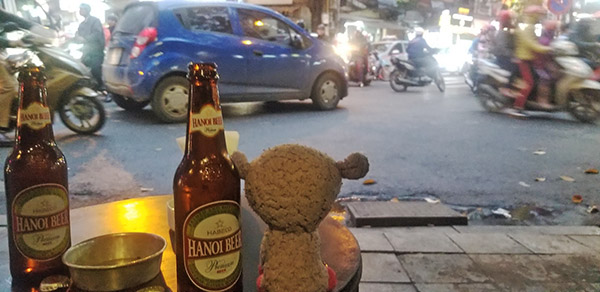
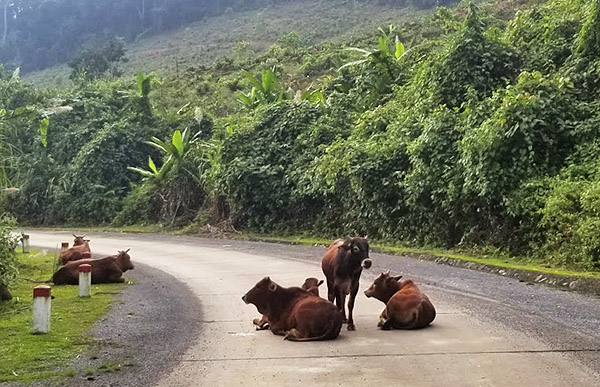
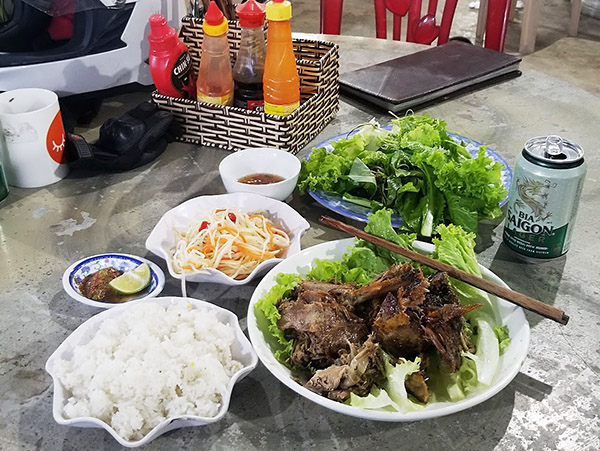
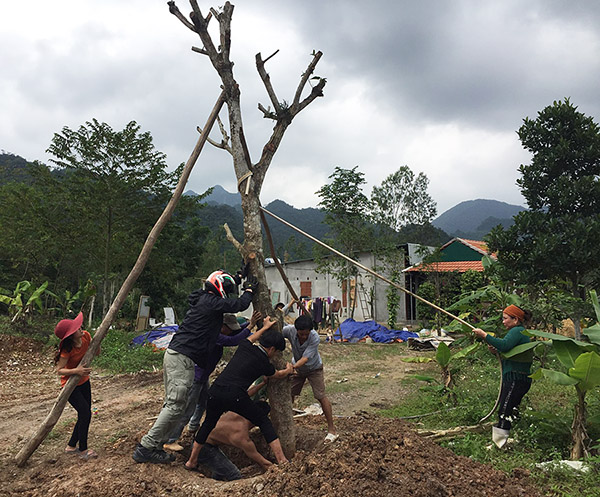
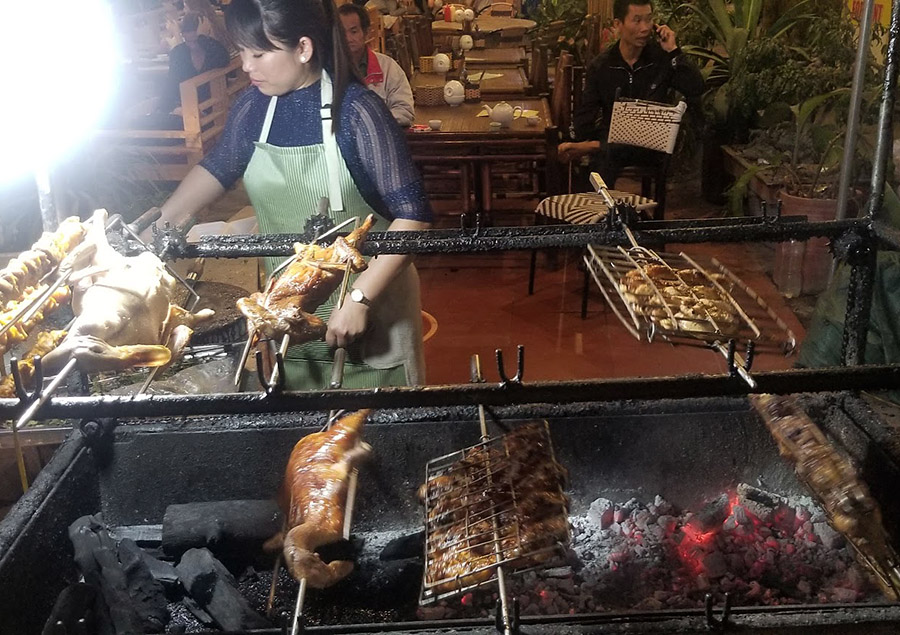
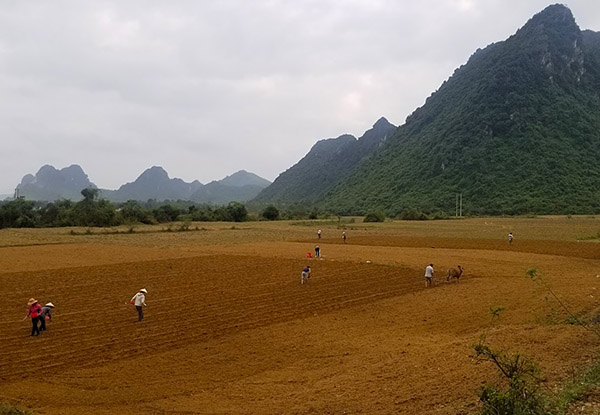
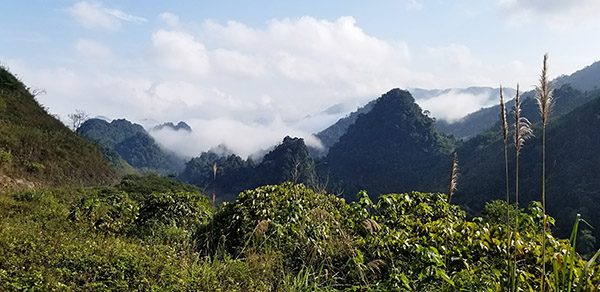
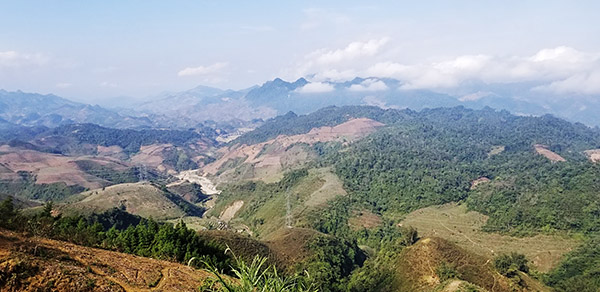
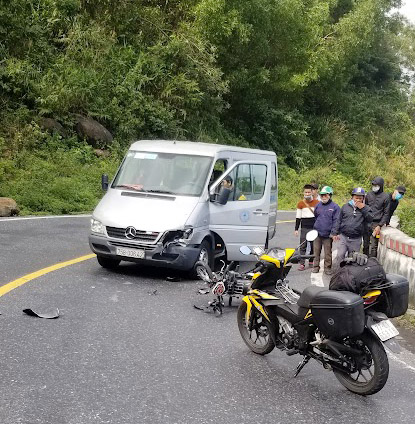
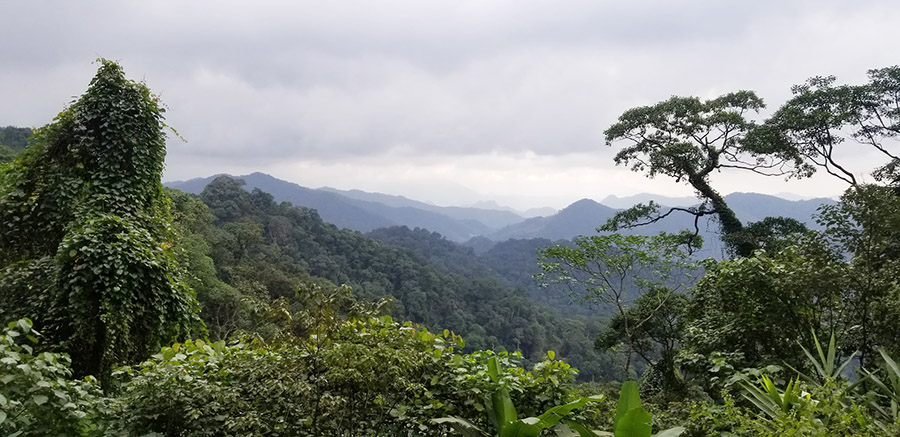
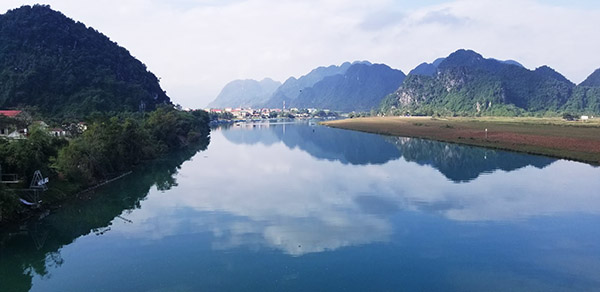 The mountain roads provided beautiful switchbacks. We saw patchy rain clouds below us eerily floating by before they were consumed by the jungle. This part of the Trail is so remote we filled up water bottles with gas to ensure our bikes wouldn’t go thirsty since there were no gas stations. Continuing up and down through mountain passes until the sunlight faded, we finally dropped into a beautiful green valley. Water buffalo wandered into our paths as the roads straightened and the jungles were replaced with open rice fields and farmers.
The mountain roads provided beautiful switchbacks. We saw patchy rain clouds below us eerily floating by before they were consumed by the jungle. This part of the Trail is so remote we filled up water bottles with gas to ensure our bikes wouldn’t go thirsty since there were no gas stations. Continuing up and down through mountain passes until the sunlight faded, we finally dropped into a beautiful green valley. Water buffalo wandered into our paths as the roads straightened and the jungles were replaced with open rice fields and farmers.